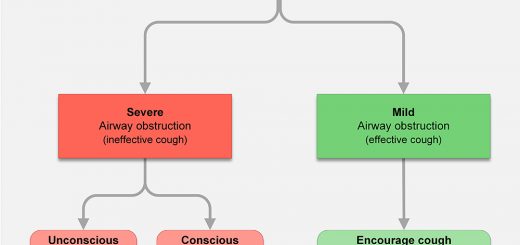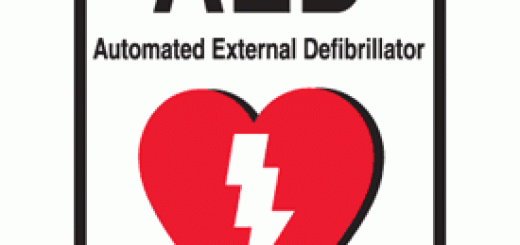The Correct First Aid for Burns in Children
Children are the victims in more than half of all significant burn injuries in the United States. Burns may be caused by heat, flame, hot liquids or metals, steam or hot water, sun, chemicals or electricity. House fires are a major hazard for children of all ages.
You can prepare yourself by learning basic first aid steps to deal with a burn injury. In this guide, we’ll discuss the classification of burns in children and the correct first aid treatment for a child with burns.
The Classification of Burns
Burns are classified and treated according to the degree and extent of tissue damage and the type of agent responsible. Burns to the face, neck, crotch, feet, and joints are generally more serious than other burns.
- First-degree burns are minor, affecting only the outer layer of skin (epidermis). They may cause pain, reddening and mild swelling, but they do not produce blisters.
- Second-degree burns involve both the epidermis and underlying dermis layers of skin, resulting in blistering and oozing in addition to pain, reddening, and swelling.
- Third-degree burns are the most serious, destroying all the layers of skin and damaging underlying tissue, including nerves. In most instances of third-degree burns, there is no pain because the nerves have been destroyed. The burned area may appear white or blackened due to charring, and the underlying muscle or other tissue is exposed.
First Aid for Minor Burns
- Run cool water over the burned area as soon as possible for a minimum of twenty minutes
- Lightly cover with a non-fluffy sterile dressing
- Give a mild analgesic (acetaminophen) if needed to ease pain
- Do not apply any salve or ointment to the wound
- Seek medical attention if the burn is large, affecting the face/hands/feet or there is significant pain
First Aid for Severe Burns
- Call for immediate emergency help.
- Run cool water over the burned area as soon as possible for a minimum of twenty minutes
- Keep the child warm whilst cooling the burned area (think “Cool the burn, warm the child”)
- Elevate limbs if they are burned
- Keep the child calm and lying down until emergency help arrives.
First Aid for Chemical Burns
Chemical burns can be caused by either acidic or alkaline substances. The severity and degree is measured according to the extent of exposure and the part of the body that is involved.
- Rinse the child’s body immediately in a shower or with a garden hose or buckets of water. Use cool water and a gentle stream, if possible, to avoid further skin damage. Rinse for at least 20 minutes.
- While rinsing the body, remove any of the child’s clothing that touched the chemical. Continue rinsing.
- If the chemical splashed into the eye, pour continuous streams of water into the eye, avoiding getting the water in the other eye, for at least 15 minutes.
- If possible, check the chemical container’s label for further instructions on how to treat burns caused by it.
- Activate emergency medical services and contact your local poison control center.






